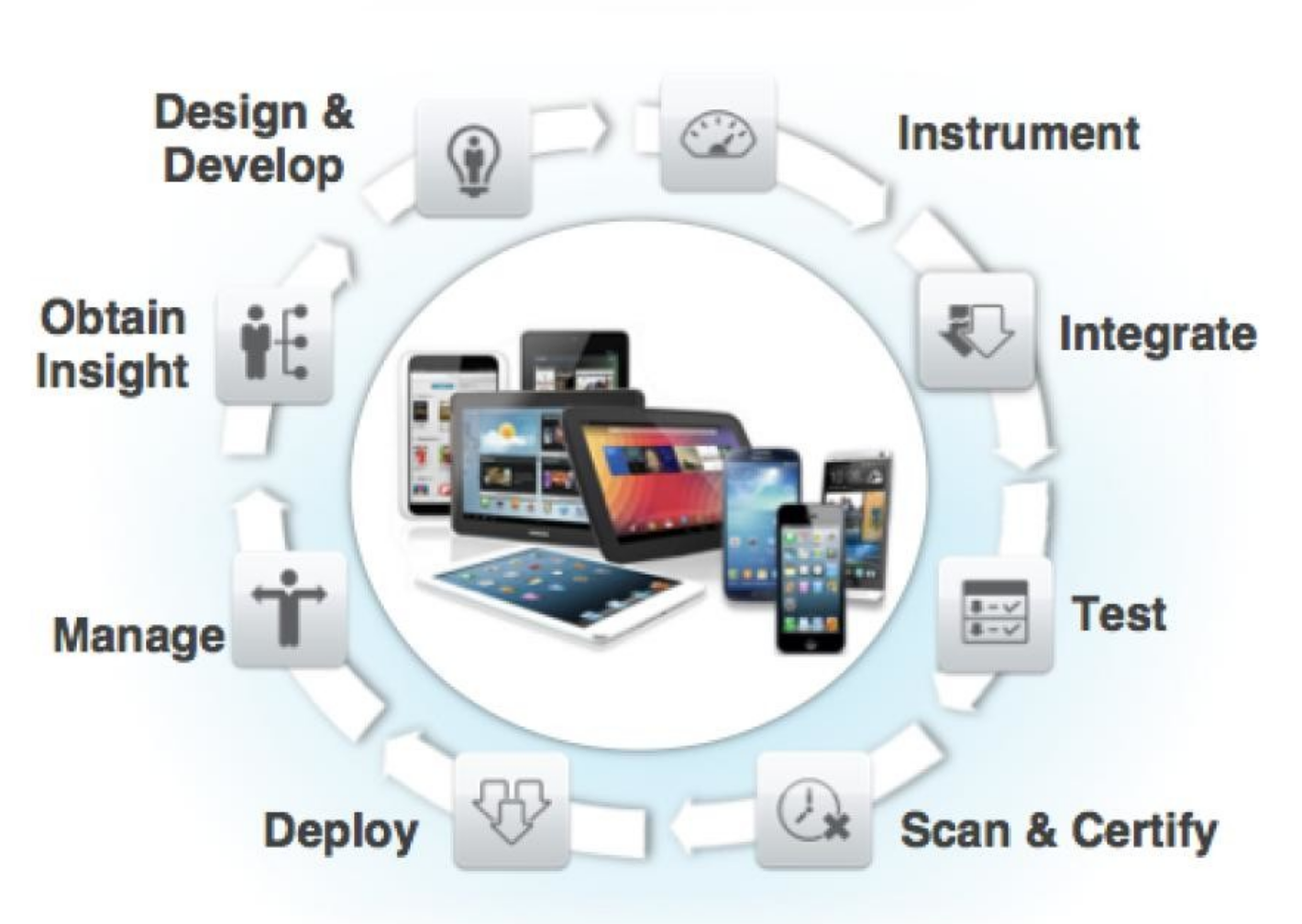Developing and releasing mobile applications can be a difficult business, especially in the enterprise context, with a lot of expectations and constraints. In this post we’ll talk about some common challenges you may have with enterprise mobile applications.
You cannot smoothly deploy and distribute your app
When an app is ready for release, you might be stuck at how to move forward with deploying it because you did not take into account some critical dependencies on a platform-specific deployment process. For example, if you want to host your app in a public app store, you need to mindfully consider the approvals process of the app store owner, the audits your app needs and the app’s capabilities once it’s deployed there due to the deployment constraints. If the app is going to be deployed in an enterprise app store, in many cases you need to know how to get enrolled into the proper developer programs as well as how to provision and profile your app accordingly. You need to be aware of the dependencies of the app on the mobile device management (MDM) platform that your organization is using.
Also, you need to consider the download size of your app, what part of the app should be bundled into the installation package, what part should be distributed later as the user uses the app and so forth. You might also be struggling with how to inform your users about a new version of your app and how to have it conveniently updated on their devices. All of these can obviously create problems that may impact your deployment plan.
Your app crashes, freezes or behaves weirdly
A poor testing plan that did not sufficiently cover all the aspects of your app when it goes live usually causes the quality issues. With the wide adoption of bring your own device (BYOD) in the enterprise, testing becomes a huge, challenging task in mobile app development due to the diversity of mobile devices and operating systems in the market.
Even though simulators are your friends they can’t substitute for real devices. Manual testing, or interactive testing, which involves real human beings trying the app on real devices, is still a crucial testing method even though it is expensive and requires a lot of effort. You should incrementally involve users from different departments in the testing cycle to make sure your app is frequently tested before rolling it out at the corporate level. Manual interactive testing works best in many scenarios, especially nonfunctional testing like performance and user experience evaluation. You may also want to consider testing in the wild with poor connection or battery draining; device-specific testing on resolution and orientation; or even testing with different carriers, which could cause strange behavior in your app.
Your app is too complex
One of the common pitfalls is putting too many features that involve resource-consuming functions into a single mobile app, which complicates navigation within the app, challenges the user or drains the battery quickly. Due to the natural small screen of the mobile device and its limited computing resources I recommend that you make your mobile app as simple and lightweight as possible in terms of functionality and resource consumption so that the battery won’t be drained even before the user gets used to the app. User satisfaction is usually higher when an app has fewer but better-defined functions, rather than a broad range of complicated features. The user’s expectation usually includes the ability to conveniently complete complex tasks in the simplest way possible.
Your app’s usability is poor
Enterprise apps usually do not get enough focus on user experience design and are not typically as polished as consumer apps. Meanwhile, employees still expect to have an equivalent level of usability. Even though enterprise mobile apps often have a different mission and have more going on than consumer apps, they share the same challenges when used on mobile devices.
The usability expectation is that apps be intuitive and easy to use. It’s reasonable if the users ignore your app because of its lack of user-friendly design, poor navigation experience and so forth. The mobile application also should not be data intensive and should help your employees to easily browse its functionalities and get results instantly.
You lack support and maintenance or a way to track results
Perhaps your users do not know how and where to get help when they have trouble using the app. Or the users have the app, but no one is following up to see if it’s being used, how often it’s being used and if people are happy about the app.
It’s crucial to plan for app usage statistics and a feedback recorder up front and to spend effort on analyzing and managing them to continuously address users’ concerns and feedback. App analytic is critical to keep your mobile app essential to its users and drive your users’ satisfaction to meet the business needs.
The last stage of your mobile app is not deployment. It’s ongoing support, a learning effort to know what works and doesn’t work for your users, in context, to better ensure the business value of your app.
To avoid most of these headaches, you need a comprehensive mobile application life-cycle management approach that is sufficient for your needs and can offer agility to your enterprise. And that’s where IBM MobileFirst can help with its mobile application development life-cycle offering.

